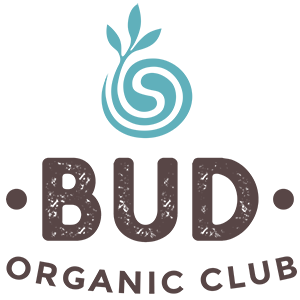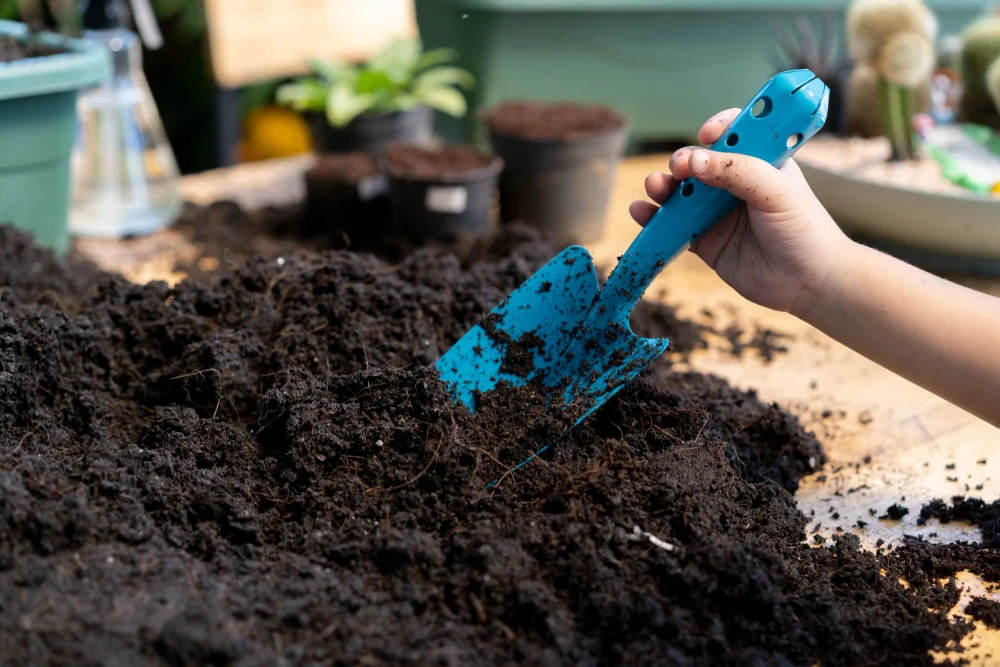Getting your kids involved in composting is a terrific way to bring learning into the home, not to mention benefiting the environment by helping to reduce your home’s landfill load. Compost also helps to improve the structure and health of soil.
Compost is simply the term for decayed organic matter. In simple terms, the microorganisms in soil break down the organic matter into its simplest parts. This nutrient dense fertiliser is called compost and it is a ready fertiliser for your garden.
Types of composting
There are two types of composting: hot and cold composting.
Cold composting isn’t as labour intensive. It simply involves collecting waste from around the garden and making a pile on the ground or in a bin and leaving time to decompose the contents over about a year.
Hot composting requires carbon (brown), nitrogen (green), air and water. Hot composting ingredients fall into two categories: brown stuff and green stuff. The brown stuff contains higher amounts of carbon. In contrast, the green stuff is high in nitrogen. Together, all these ingredients feed the microorganisms which in turn speed up the process.
Get the kids involved
To get kids accustomed to composting, make it a part of your household routine. When cooking or preparing food, make sure you separate compostable items either into a container or into a pile on the bench. When you’re ready, take them out to the compost pile or bin, and throw them in!
The same applies to coffee grinds, newspaper or general paper waste, and your garden cuttings. Get kids used to the idea of adding these items into the compost bin, just the same as you add your recyclable items into the recycling bin.
To make it easier for younger kids, why not print out pictures of what can and can’t be included in your compost bin or heap (you can copy the images found on the front of your wheelie bins) and place them nearby. We’ve included a list below to help get you started.
It’s also a great idea to explain why they should compost in the first place! In simple terms, by composting your scraps you are sending less food waste to landfill, which creates fewer carbon emissions and therefore helps the planet. Compost also helps to create healthier soil for your garden – which helps your plants, herbs, fruit and veg to grow strong and delicious!
What can you compost?
- Vegetable and fruit peels and scraps
- Grass, branches, twigs and leaves
- Straw and sawdust
- Newspaper
- Eggshells
- Coffee grinds
What shouldn’t you compost?
- Animal scraps such as bones, cheese, milk because they can attract vermin and cause disease within the compost
- Diseased plants
- Dog/cat poo
- Oils or fats
- Sawdust from pressure-treated wood
How to create compost at home
- Find a space or container to start your compost. You don’t need lots of room and can even begin by composting in a simple glass jar!
- Collect your scraps (both green and brown)
- Take it in turns layering the green and brown materials (a good ratio to start any compost pile is 1 part green to 3 parts brown)
- Sprinkle some water on your heap when needed to keep the texture similar to that of a wet sponge
- Once the centre of the pile reaches about 54 degrees Celsius give it a thorough mix to ensure enough oxygen passes into the pile
- Reap the rewards! When your heap no longer gives off heat, is dry, crumbly and earth-smelling, it is cooked and ready to go to work in your garden!
To find out more about healthy soil and understanding your environmental impact, head to the Australian Organic Schools website to download organic gardening and educational resources for FREE!


